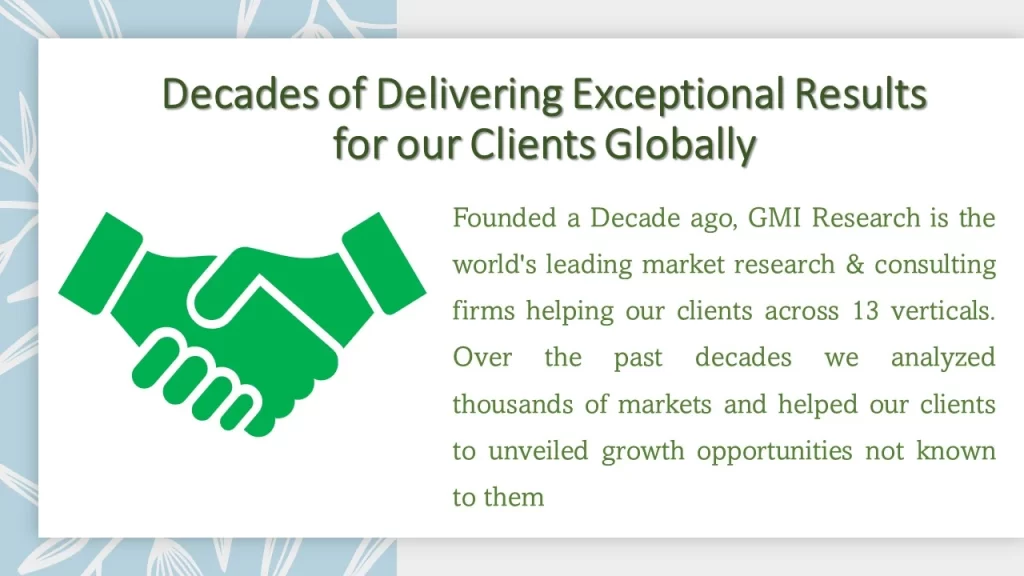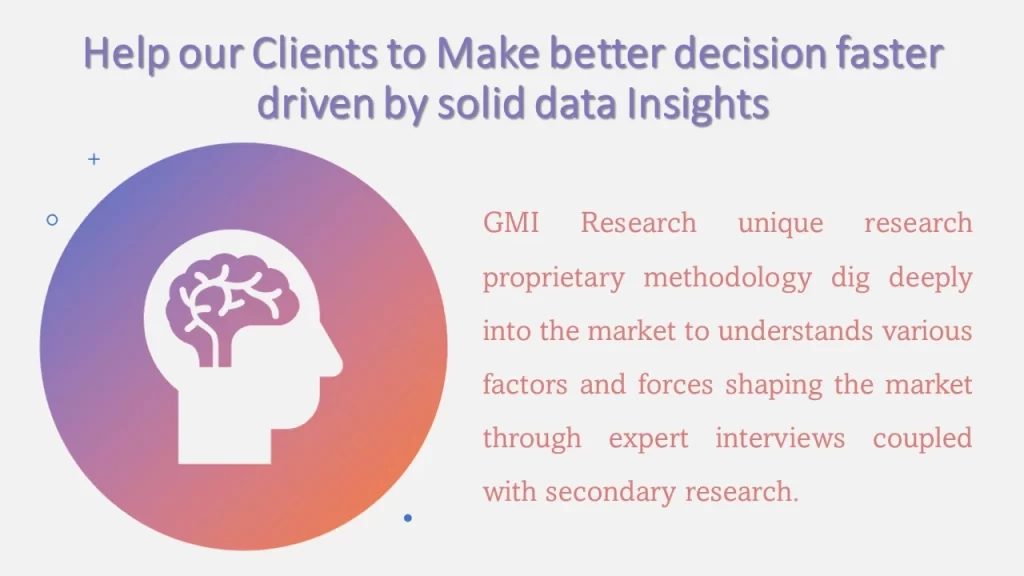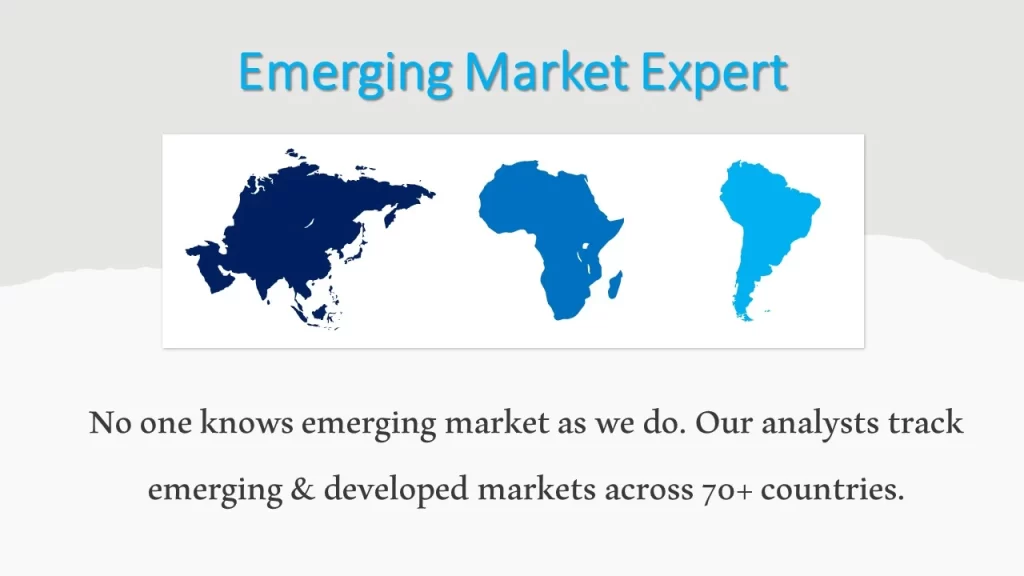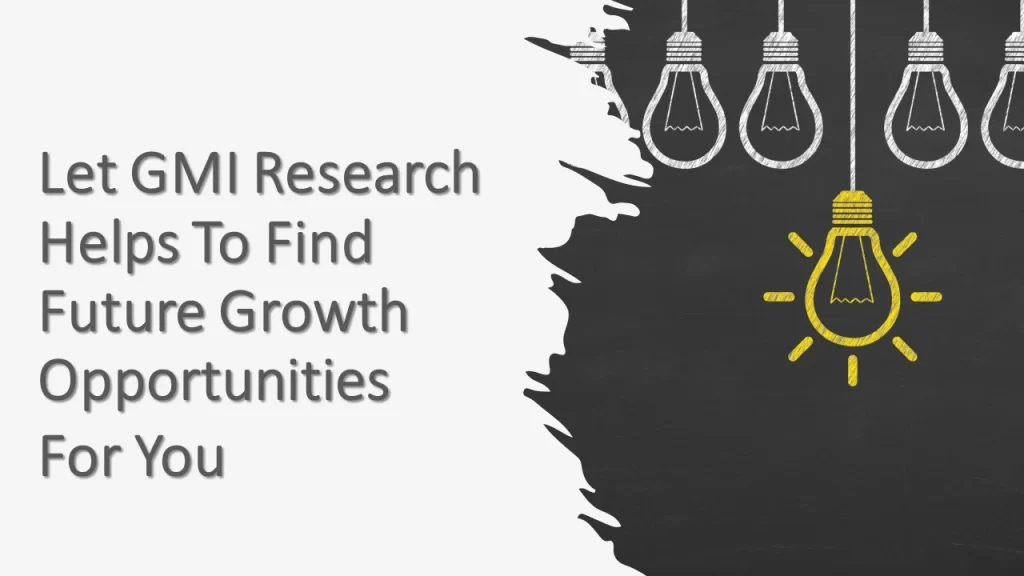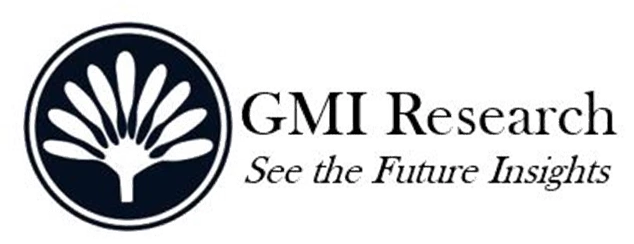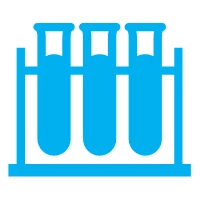Indonesia Plastics Market is estimated to grow at a robust CAGR of 5.8% till 2031 owing to the increasing demand for plastic across various industries along with the rapid urbanization and industrialization.

Indonesia Plastic Market Overview
The plastic market growth is attributed to steady economic expansion and increased demand across various sectors spanning from packaging to construction. The surge in industrial growth is boosting the consumption of plastic items in Indonesia, a trend bolstered by the rapid urbanization. With a burgeoning urban population, there is a surging demand for plastics especially in packaging, infrastructure projects, and consumer goods. The packaging sector is particularly a key user of plastics driven by the growth in e-commerce platforms and modern retail methods. The preference for plastics, particularly in flexible packaging, is driven by their cost-effectiveness and ability to protect products effectively which are critical in influencing the dynamics of plastic industry. Plastic materials are essential for urban development, extensively employed in building materials and piping systems.
Major Indonesia Plastic Market Drivers
In the packaging industry, plastics are essential for driving market growth because of their chemical resistance and outstanding wear, recyclability, ease of molding, and strong mechanical properties. Plastics dominate industries such as food retailing and healthcare sector due to their lightweight nature and ability to protect against moisture, positioning them as superior choices to other materials. In Indonesia, polyethylene terephthalate or PET is preferred material of choice for its exceptional qualities in packaging applications especially in food packing, because of its excellent attributes such as low risks of handling, minimal toxicity, and lack of BPA or heavy metals which ensures stringent safety standards.
Why Purchase a Standard Report When You Can Customize this Report
Please Let us know your Customization Requirements
The plastic packaging sector saw an 8% growth, reaching USD 5.3 billion in 2018, as per Indonesian Packaging Federation (FPI). The transition from traditional to modern retail outlets such as convenience stores and supermarkets has generated increased demand for packaging in consumer goods, with food and beverage sectors alone contributing to nearly 70% of overall plastics usage. The FPI reports that plastic rigid and flexible packaging make up over half of the total demand, fueled by rising packaging needs in the domestic food and pharmaceutical packaging.
Additionally, the country’s’ manufacturing sector is experiencing robust growth particularly in areas like electronics and automotive, leveraging plastic components extensively across applications ranging from electronic enclosures to automotive parts. The growing middle class in Indonesia and shifting consumer preferences underscore the plastics’ critical role in fostering innovation and satisfying heightened demand for a wide range of consumer goods, from essential household goods to electronic products. Furthermore, significant investments from local and international entities in the plastic industry are accelerating technological innovations, boosting production capacities, and expanding the variety of plastics products available in the market.
Are you Looking for a Partner for your Indonesia Market Entry and Business Expansion plans? GMI Research with decades of experience tracking Indonesia market is the right choice for you.
Plastics and Rubber Asia on Indonesia plastics market report notes that the local government has introduced a policy requiring 70% of plastic products to be domestically produced, opening significant prospects for skill development, machinery suppliers, and raw material exporters. As per the Indonesian Olefin, Aromatic, and Plastic Association (INAplas) on their Indonesia plastics market research report, annual plastic consumption per capita in the country is relatively low, at just more than 17 kilograms, in contrast to about 35 kilograms in Malaysia, 40 kilograms in Singapore and Thailand, and approximately 100 kilograms in Western Europe. It emphasizes substantial growth opportunities as Indonesia’s consumption-driven economy benefits from increasing personal incomes. Domestic production accounts for 3.6 million tons of plastics annually, meeting a considerable portion of the total demand of 4.3 million tons, while the remaining material is imported. Other than the food and beverage sector which dominates plastic consumption in Indonesia, the agricultural, construction, automotive, and electronic industries also play substantial roles as major purchasers of plastics.
However, Indonesia plastic market is navigating challenges posed by stringent governmental policies regarding the use of plastics and a significant dependency on raw material imports. The enforcement of regulations banning one-time-use plastic and restricting their packaging has compelled domestic and global manufacturers to review their operations. Despite its ecological importance, this legislative framework poses logistical complexities that companies must overcome to achieve compliance while balancing financial management.

Furthermore, a significant reliance on outsourced resources increases vulnerabilities which makes markets susceptible to fluctuations caused by disruptions in the supply chain or unpredictable global price changes. To tackle these challenges, stakeholders must prioritize developing sustainable and innovative solutions, investing in domestic capabilities, boosting production efficiency, engaging policymakers, and collectively shaping legislation that balances ecological priorities with economic sustainability. The market landscape has shifted significantly due to the adoption of restrictions on single-use plastics, alongside directives promoting effective waste management and bolstering recycling efforts. An integrated action plan was deployed to achieve a 70 percent reduction in plastic pollution in oceans by 2025, with a broader objective of eliminating plastic waste entirely by transitioning to circular economy strategies by 2040.
Segments covered in the Report:
The Indonesia Plastic Market has been segmented on the basis of type and end-use industry. Based on the type, the market is segmented into polypropylene, polyethylene, polyvinyl chloride, polyethylene terephthalate, polycarbonate, polyamide, polystyrene, polyurethane and others. Based on the end-use industry, the market is segmented into automotive & transportation, packaging, consumer goods, infrastructure & construction, healthcare & pharmaceuticals, electrical & electronics, others.
|
Report Coverage |
Details |
| Market Revenues (2023) |
USD Million |
| Market Base Year |
2023 |
| Market Forecast Period |
2024-2031 |
| Base Year & Forecast Units |
Revenues (USD Million) |
| Market Segment | By Type, By End-Use Industry |
| Regional Coverage | Indonesia |
| 25% Free Customization Available | We will customize this report up to 25% as a free customization to address our client’s specific requirements |
Market Segmentation
Indonesia Plastic Market by Type
-
- Polyethylene
- Polypropylene
- Polyethylene Terephthalate
- Polyvinyl Chloride
- Polyamide
- Polycarbonate
- Polyurethane
- Polystyrene
- Others
Indonesia Plastic Market by End-Use Industry
-
- Packaging
- Automotive & Transportation
- Infrastructure & Construction
- Consumer Goods
- Healthcare & Pharmaceuticals
- Electrical & Electronics
- Others
Frequently Asked Question About This Report
Indonesia Plastic Market [GR24AB-01-00278]
Indonesia plastics market is estimated to grow at a robust CAGR of 5.8% till 2031.
The local government has introduced a policy requiring 70% of plastic products to be domestically produced, opening significant prospects for skill development, machinery suppliers, and raw material exporters
The market is segmented on the basis of type and end-user industry.
Several leading players in the market include PT Polychem Indonesia, BASF SE, Toray Industries, among others.
Related Reports
- Published Date: July-2024
- Report Format: Excel/PPT
- Report Code: GR24AB-01-00278
Licensing Options
Single-User License:
The report is used by the purchaser (One Individual) only
Multi-User License:Report is shared with maximum 5 users (employees) including the purchaser of the purchasing corporation only
Corporate License:
Report is shared with unlimited user (employees) of the purchasing corporation only
The report is used by the purchaser (One Individual) only
Multi-User License:Report is shared with maximum 5 users (employees) including the purchaser of the purchasing corporation only
Corporate License:
Report is shared with unlimited user (employees) of the purchasing corporation only
Indonesia Plastic Market and Analysis Report – Opportunities and Forecast 2024-2031
$ 4,499.00 – $ 6,649.00
Why GMI Research
